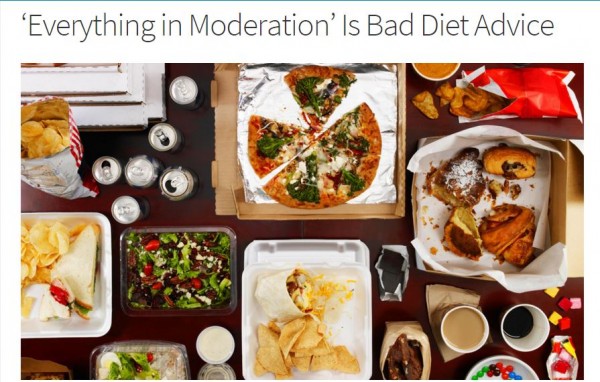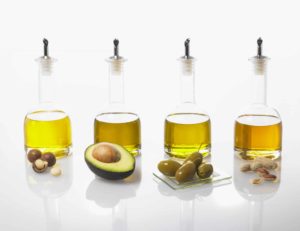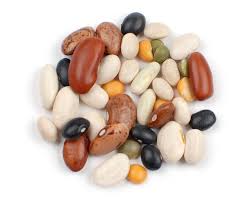 In my 30-day Nutrition Upgrade program, players get points for incorporating more vegetables, legumes, and nuts into their meals and snacks. These foods all add fiber to the diet, among other things.
In my 30-day Nutrition Upgrade program, players get points for incorporating more vegetables, legumes, and nuts into their meals and snacks. These foods all add fiber to the diet, among other things.
Fiber is generally seen as a good guy. It helps us feel fuller on fewer calories, supplies nutrients for the beneficial bacteria in our intestines, and promotes a healthy digestive system. But for some people, fiber is not so benign.
One of the Upgraders, for example, has adhesions–a sort of scar tissue that is a very common complication from abdominal surgery. As a result, eating too much fiber (or too much, period) can cause acute abdominal pain.
For those who need to limit fiber for whatever reason, choosing vegetables, legumes, grains, and nuts that are lower in fiber can help you get all the other benefits from these healthy foods without overdoing it on the fiber.
Here are some of the most common choices in each category, arranged from lowest to highest fiber content. As you can see, the difference between the lowest and highest in each category can be dramatic! You can also use this information to increase your fiber intake gradually–which is usually a good idea. Continue reading “Healthy choices for lower fiber diets” >



 Should you cook with olive oil or coconut oil? Grapeseed? Walnut? It really depends on what you’re after.
Should you cook with olive oil or coconut oil? Grapeseed? Walnut? It really depends on what you’re after.


 Although legumes are good for you in all kinds of ways, not everyone cares for beans. Some find the texture off-putting; others don’t care for the taste. But with a little creativity, virtually everyone can learn to love (or at least like) legumes. Here’s a collection of my best tips.
Although legumes are good for you in all kinds of ways, not everyone cares for beans. Some find the texture off-putting; others don’t care for the taste. But with a little creativity, virtually everyone can learn to love (or at least like) legumes. Here’s a collection of my best tips.